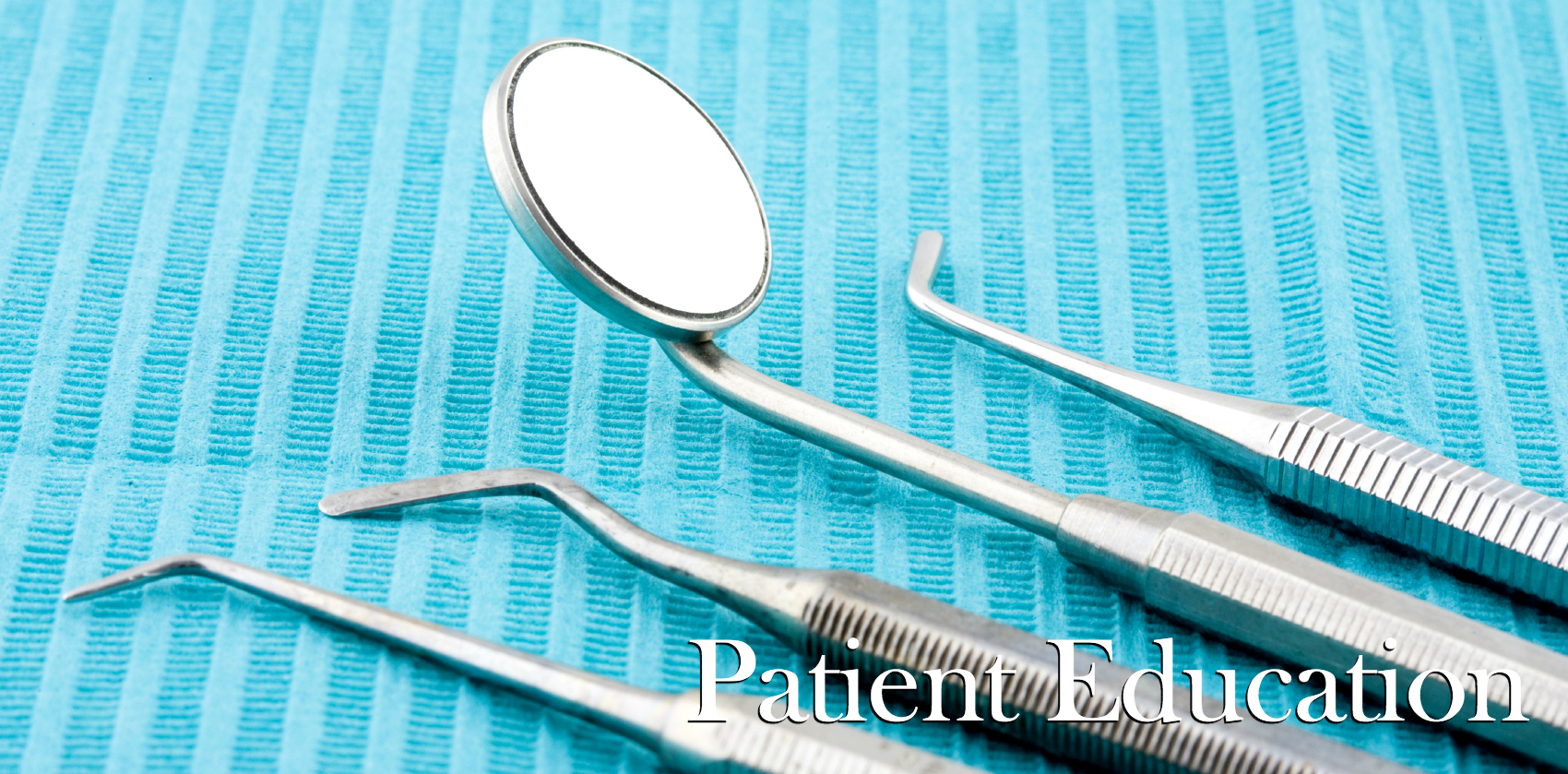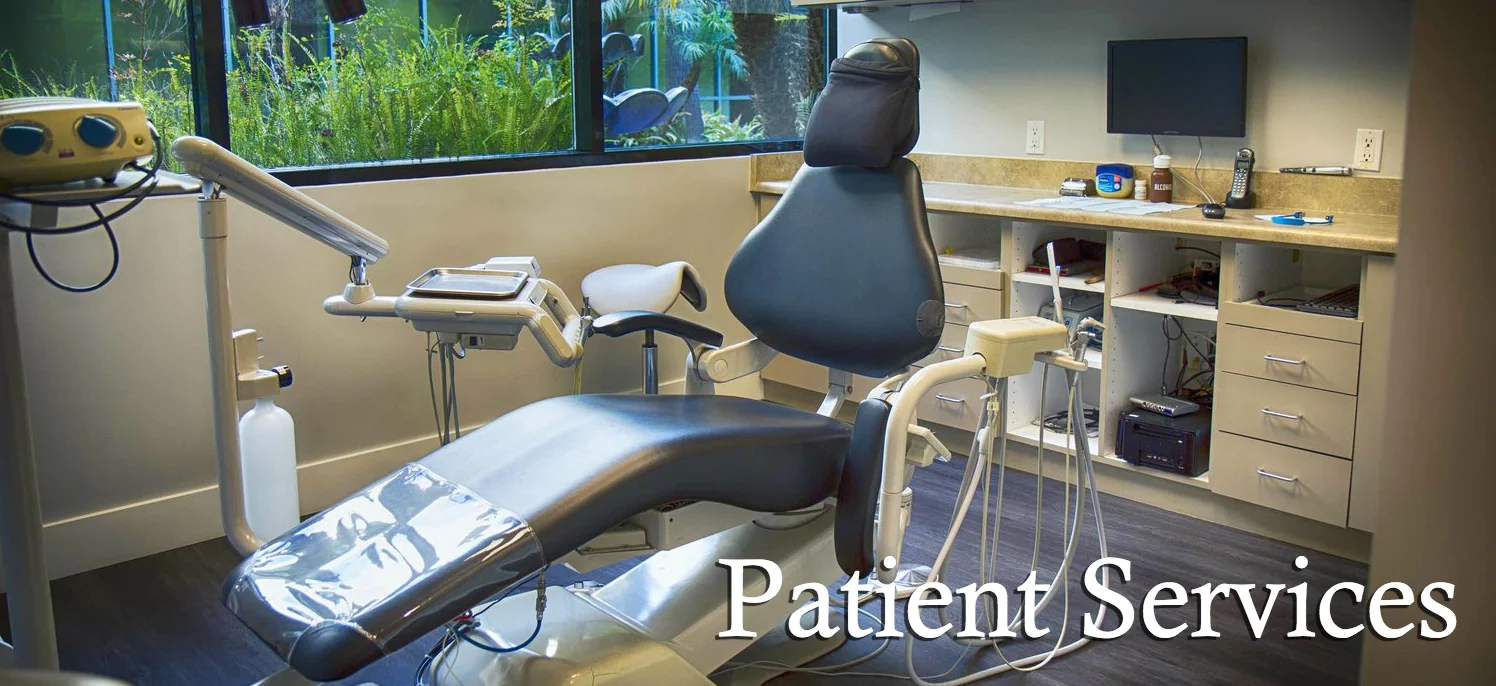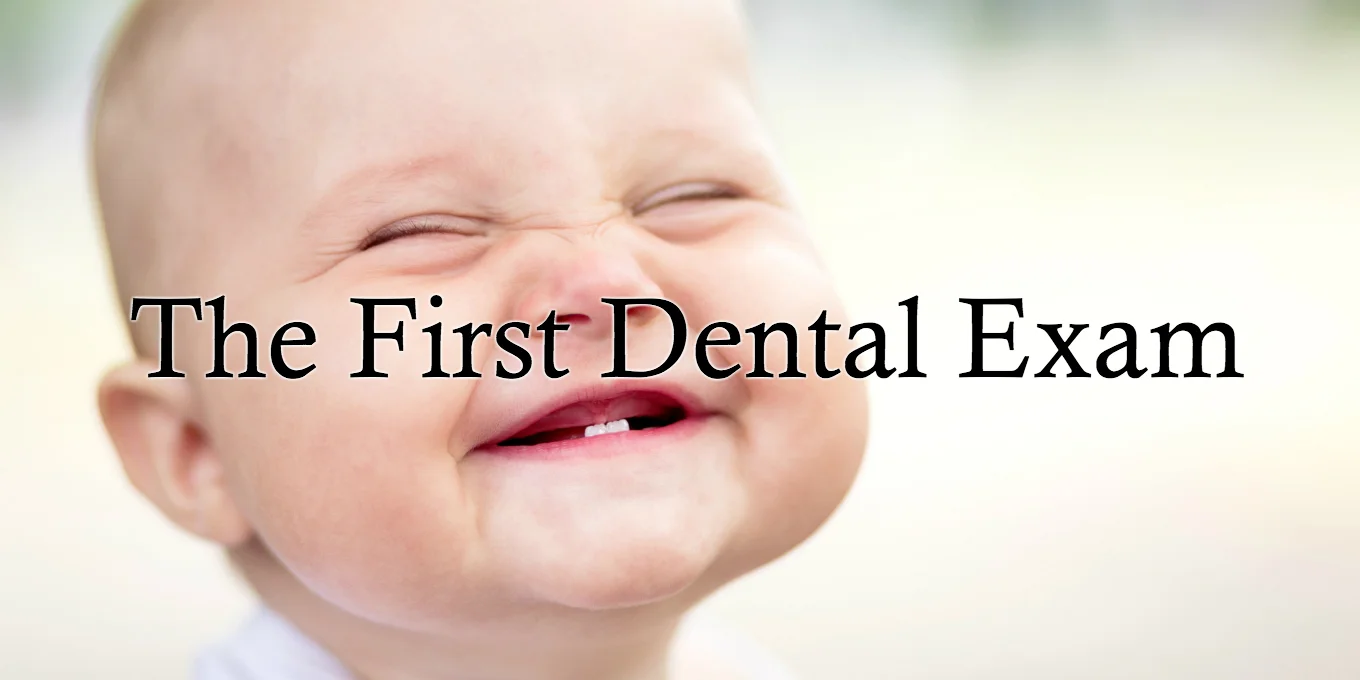For many patients, the dreaded "shot" is the worst part of any dental procedure. Although you may find needles objectionable, local anesthesia makes modern dentistry comfortable, convenient and safe. Read on to learn how this quick and easy step is crucial to your dental care!
For starters, we use local anesthetics to block the sensation of pain in areas of the mouth that will be come irritated during dental treatment. Dental enamel, root canal treated teeth and implant crowns do not have direct connections to live nerve fibers, and thus do not benefit from anesthesia. This is why placing sealants on children does not require a shot- only the enamel and sealant material are affected during the procedure.
While you may picture Novocain when you think of dental anesthetics, this product hasn't been used in mainstream practice for years. Modern formulations such as Lidocaine and Articaine are easier to control and much safer for the patient (lower toxicity). These medications block pain and touch sensation for two to four before wearing off back to normal. However, they cannot block the nerves that conduct vibration and pressure sensation. These fibers have a different lining that requires much more medication to anesthetize.
At our office, we deliver anesthesia with the Wand system. Here, a single-use syringe and vial are computer controlled to deliver the medication under constant pressure. This gives the dentist greater power over the location and amount of anesthesia used, while increasing patient comfort. If you would like to know more about local anesthesia and how we use it in modern dentistry, please give our office a call!






















